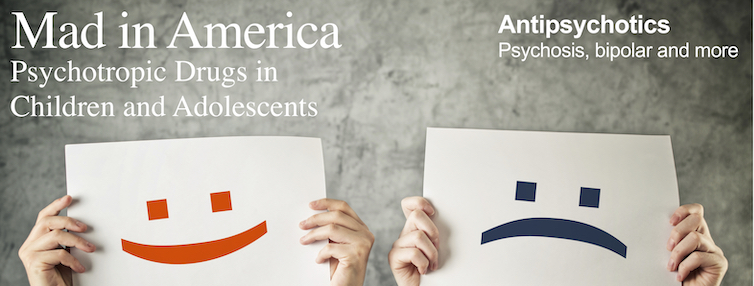This review provides the following:
- information about the marketing of antipsychotics for pediatric use
- information about how antipsychotics act on the brain
- a review of efficacy studies of antipsychotics for pediatric use
- a review of short-term and long-term risks and harms
Abstract
Although the prescribing of atypical antipsychotics to children and adolescents took hold in the late 1990s and early 2000s, there is still a lack of good research on their short-term effectiveness. There is no evidence that the drugs provide a long-term benefit, for any condition. In a NIMH trial, the researchers concluded that “few” youth treated with antipsychotics benefit from the treatment at the end of one year. The drugs are known to cause a broad array of adverse effects, including metabolic dysfunction, diabetes, motor dysfunction, hormonal problems, poor global health and brain shrinkage. Withdrawal symptoms may be severe, and there is a risk that withdrawal can provoke psychotic and manic episodes.

